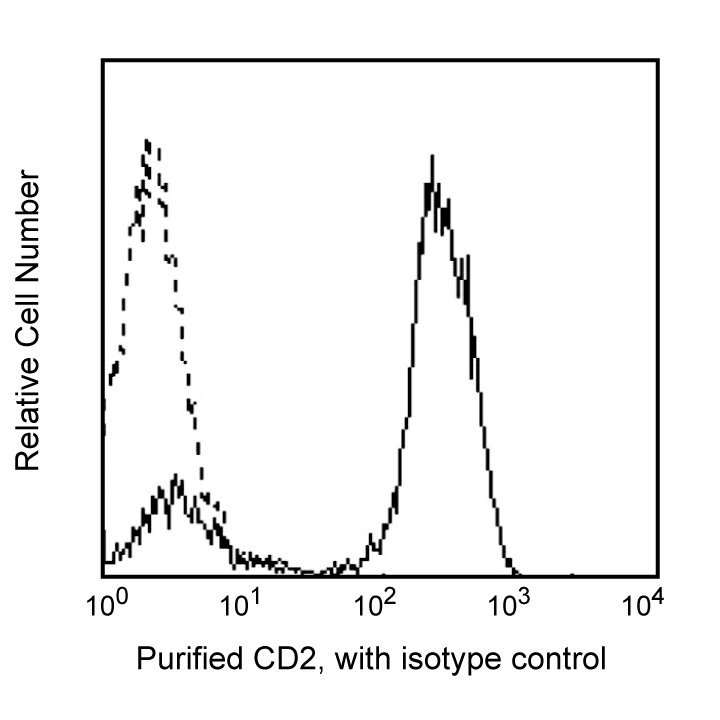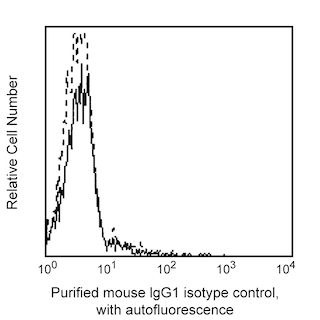-
抗体試薬
- フローサイトメトリー用試薬
-
ウェスタンブロッティング抗体試薬
- イムノアッセイ試薬
-
シングルセル試薬
- BD® AbSeq Assay
- BD Rhapsody™ Accessory Kits
- BD® OMICS-One Immune Profiler Protein Panel
- BD® Single-Cell Multiplexing Kit
- BD Rhapsody™ TCR/BCR Next Multiomic Assays
- BD Rhapsody™ Targeted mRNA Kits
- BD Rhapsody™ Whole Transcriptome Analysis (WTA) Amplification Kit
- BD® OMICS-Guard Sample Preservation Buffer
- BD Rhapsody™ ATAC-Seq Assays
- BD® OMICS-One Protein Panels
-
細胞機能評価のための試薬
-
顕微鏡・イメージング用試薬
-
細胞調製・分離試薬
-
- BD® AbSeq Assay
- BD Rhapsody™ Accessory Kits
- BD® OMICS-One Immune Profiler Protein Panel
- BD® Single-Cell Multiplexing Kit
- BD Rhapsody™ TCR/BCR Next Multiomic Assays
- BD Rhapsody™ Targeted mRNA Kits
- BD Rhapsody™ Whole Transcriptome Analysis (WTA) Amplification Kit
- BD® OMICS-Guard Sample Preservation Buffer
- BD Rhapsody™ ATAC-Seq Assays
- BD® OMICS-One Protein Panels
- Japan (Japanese)
-
Change country/language
Old Browser
Looks like you're visiting us from United States.
Would you like to stay on the current country site or be switched to your country?
BD Pharmingen™ Purified Mouse Anti-Human CD2
クローン RPA-2.10 (RUO)

Flow cytometric analysis of CD2 expression on human peripheral blood lymphocytes. Whole blood was stained with either Purified Mouse IgG1, κ Isotype Control (Cat. No. 555746; dashed line histogram) or Purified Mouse Anti-Human CD2 antibody (Cat. No. 555324/556607; solid line histogram). Secondary staining was carried out with FITC Goat Anti-Mouse IgG/IgM (Cat. No. 555988) and erythrocytes were lysed with BD FACS™ Lysing Solution (Cat. No. 349202). The fluorescence histograms showing CD2 expression (or Ig Isotype control staining) were derived from gated events with the forward and side light-scatter characteristics of intact lymphocytes. Flow cytometry was performed on a BD FACScan™ system.


Flow cytometric analysis of CD2 expression on human peripheral blood lymphocytes. Whole blood was stained with either Purified Mouse IgG1, κ Isotype Control (Cat. No. 555746; dashed line histogram) or Purified Mouse Anti-Human CD2 antibody (Cat. No. 555324/556607; solid line histogram). Secondary staining was carried out with FITC Goat Anti-Mouse IgG/IgM (Cat. No. 555988) and erythrocytes were lysed with BD FACS™ Lysing Solution (Cat. No. 349202). The fluorescence histograms showing CD2 expression (or Ig Isotype control staining) were derived from gated events with the forward and side light-scatter characteristics of intact lymphocytes. Flow cytometry was performed on a BD FACScan™ system.

Flow cytometric analysis of CD2 expression on human peripheral blood lymphocytes. Whole blood was stained with either Purified Mouse IgG1, κ Isotype Control (Cat. No. 555746; dashed line histogram) or Purified Mouse Anti-Human CD2 antibody (Cat. No. 555324/556607; solid line histogram). Secondary staining was carried out with FITC Goat Anti-Mouse IgG/IgM (Cat. No. 555988) and erythrocytes were lysed with BD FACS™ Lysing Solution (Cat. No. 349202). The fluorescence histograms showing CD2 expression (or Ig Isotype control staining) were derived from gated events with the forward and side light-scatter characteristics of intact lymphocytes. Flow cytometry was performed on a BD FACScan™ system.


BD Pharmingen™ Purified Mouse Anti-Human CD2

Regulatory Statusの凡例
Any use of products other than the permitted use without the express written authorization of Becton, Dickinson and Company is strictly prohibited.
Preparation and Storage
Product Notices
- Since applications vary, each investigator should titrate the reagent to obtain optimal results.
- An isotype control should be used at the same concentration as the antibody of interest.
- Sodium azide is a reversible inhibitor of oxidative metabolism; therefore, antibody preparations containing this preservative agent must not be used in cell cultures nor injected into animals. Sodium azide may be removed by washing stained cells or plate-bound antibody or dialyzing soluble antibody in sodium azide-free buffer. Since endotoxin may also affect the results of functional studies, we recommend the NA/LE (No Azide/Low Endotoxin) antibody format, if available, for in vitro and in vivo use.
- Species cross-reactivity detected in product development may not have been confirmed on every format and/or application.
- Please refer to www.bdbiosciences.com/us/s/resources for technical protocols.
- Caution: Sodium azide yields highly toxic hydrazoic acid under acidic conditions. Dilute azide compounds in running water before discarding to avoid accumulation of potentially explosive deposits in plumbing.
- Please refer to http://regdocs.bd.com to access safety data sheets (SDS).
関連製品





.png?imwidth=320)
The RPA-2.10 monoclonal antibody specifically binds to CD2 which is also known as Lymphocyte-function antigen-2 (LFA-2), LFA-3 receptor, Erythrocyte receptor, Sheep red blood cell (SRBC) receptor, or T-cell surface antigen T11/Leu-5. CD2 is a 50 kDa type I transmembrane glycoprotein. CD2 belongs to the immunoglobulin superfamily of proteins along with its primary ligand, LFA-3 (CD58). It is expressed on the surface of ~80-90% of human peripheral blood lymphocytes, greater than 95% of thymocytes, all T lymphocytes that form E-rosettes, and a subset of NK cells. CD2 functions as an adhesion receptor that binds to CD58 resulting in the activation of CD2-positive T cells and NK cells and in the regulation of their cytolytic activities.
Development References (6)
-
Aversa GG, Bishop GA, Suranyi MG, Hall BM. RPA-2.10: an anti-CD2 monoclonal antibody that inhibits alloimmune responses and monitors T cell activation. Transplant Proc. 1987; 19(1):277-278. (Biology). View Reference
-
Hahn WC, Burakoff SJ, Bierer BE. Signal transduction pathways involved in T cell receptor-induced regulation of CD2 avidity for CD58. J Immunol. 1993; 150(7):2607-2619. (Biology). View Reference
-
Jonker M, Slingerland W. Reactivity of mAb specific for human CD markers with Rhesus monkey leucocytes. In: Knapp W. W. Knapp .. et al., ed. Leucocyte typing IV : white cell differentiation antigens. Oxford New York: Oxford University Press; 1989:1058-1063.
-
Kato K. CD2 Workshop Panel report. In: Kishimoto T. Tadamitsu Kishimoto .. et al., ed. Leucocyte typing VI : white cell differentiation antigens : proceedings of the sixth international workshop and conference held in Kobe, Japan, 10-14 November 1996. New York: Garland Pub.; 1997:39-43.
-
Knapp W. W. Knapp .. et al., ed. Leucocyte typing IV : white cell differentiation antigens. Oxford New York: Oxford University Press; 1989:1-1182.
-
Suranyi MG, Bishop GA, Clayberger C, et al. Lymphocyte adhesion molecules in T cell-mediated lysis of human kidney cells. Kidney Int. 1991; 39(2):312-319. (Biology). View Reference
Please refer to Support Documents for Quality Certificates
Global - Refer to manufacturer's instructions for use and related User Manuals and Technical data sheets before using this products as described
Comparisons, where applicable, are made against older BD Technology, manual methods or are general performance claims. Comparisons are not made against non-BD technologies, unless otherwise noted.
For Research Use Only. Not for use in diagnostic or therapeutic procedures.